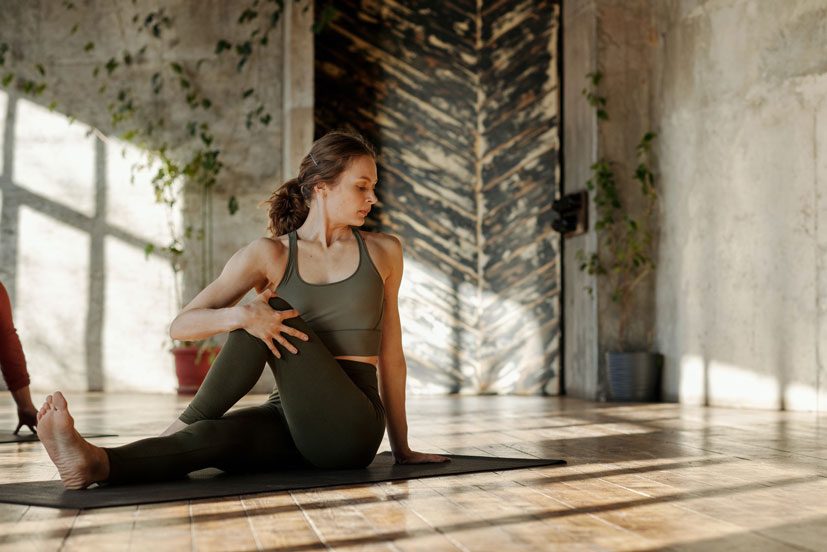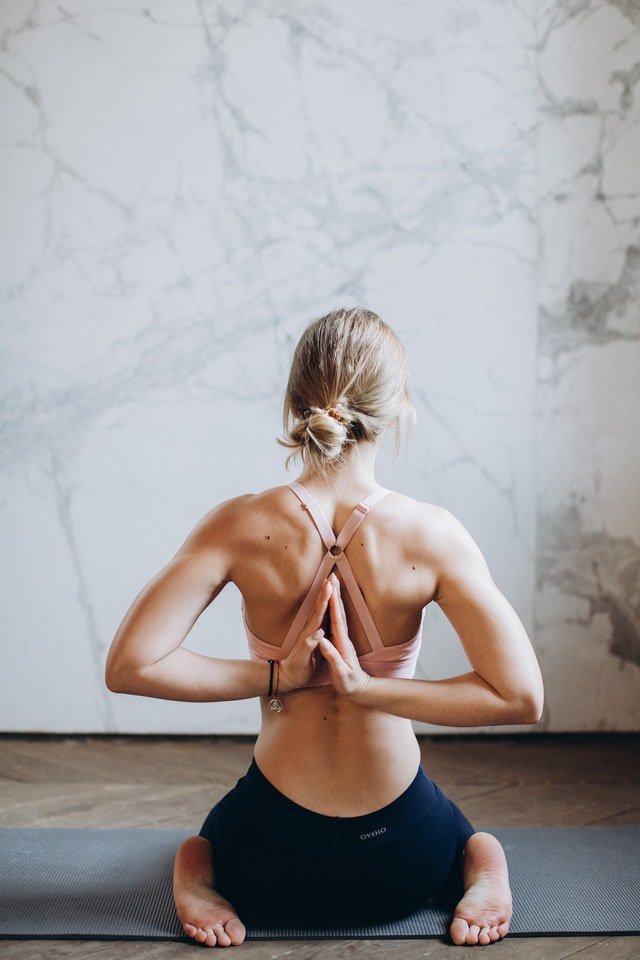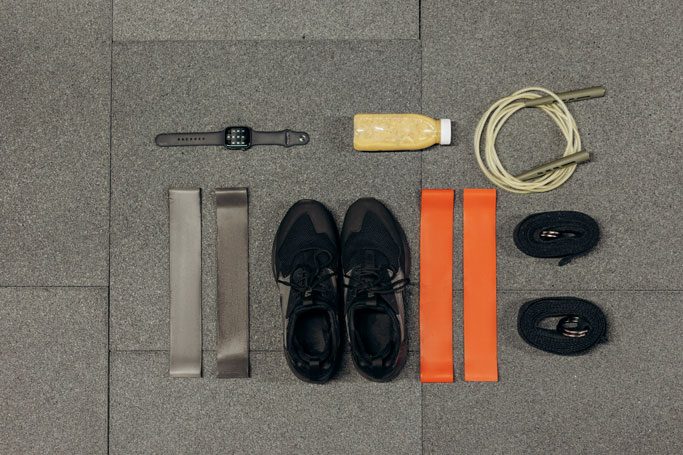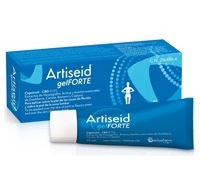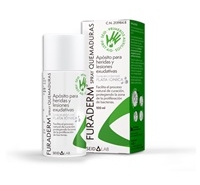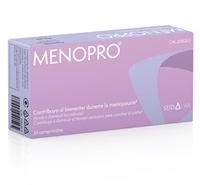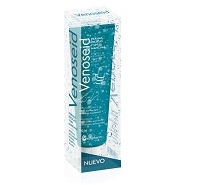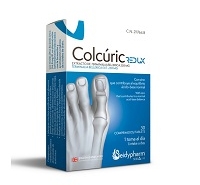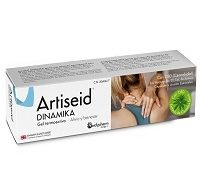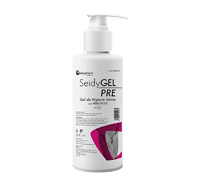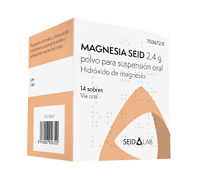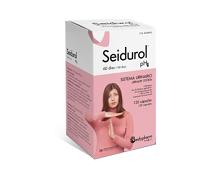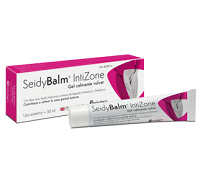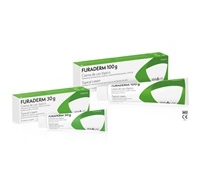Exercising, too, at home
The discipline of exercising regularly.
Due to the pandemic situation and the periods of confinement, our home has been, and continues to be, a place where, in addition to domestic and professional tasks, we also dedicate part of our time to keeping our bodies in shape.
We have incorporated habits, and also accessories, into our daily lives to try to exercise regularly and preserve a vital tone that helps us balance long working hours and prevent a sedentary lifestyle from taking over our routine.
In the routine, precisely, is the key. When we manage to transform a specific activity into a routine, we are taking the step to incorporate new habits into our lifestyle. Now, when we talk about exercising, we immediately think about the elements necessary to do it effectively and safely and, on the other hand, about how we fit this new equipment into the space conditions that each of us have.
The good news is that developing a habit of regular exercise at home requires more will and attitude than means, and more discipline than equipment.
The physiotherapists , fitness professionals and personal trainers and trainers agree that the essential parts that we must exercise to keep the body in shape are the back, the buttocks and the abdomen. By having these areas of the body strong, we prevent injuries and develop the necessary resistance to practice any exercise or sport in a safer way.
The regular practice of physical exercise favors good blood circulation, bone strengthening and hydration of the body, preventing discomfort and pathologies such as stress, being overweight, vaginal dryness or osteoporosis.
With a prepared mind, let’s equip ourselves appropriately.
The basic equipment can be simple, with light and small elements that can be easily stored at home:
- small or medium weights to exercise the arms.
- elastic bands or bands, or even larger weights, to work the legs and buttocks.
- a soft mat for floor exercises.
- a jump rope for cardio exercises.
- good shoes, which fit well to the foot and have adequate soles to absorb the impact.
With this “basic kit” we can get moving. And as we expand our exercise program, we can incorporate other elements such as:
- suspension ropes.
- chin-up bars.
- abdominal wheel and push-up support.
- steps and pilates cylinders.
- stationary bicycle.
- cardio machines, etc.
Warming up is important.
Warming up the muscles and preparing the joints properly before starting each exercise routine is non-negotiable. And a correct warm-up session should include:
- hip rotation: ten left, ten right.
- trunk inclination: with straight legs, about 30 or 40 repetitions.
- sit-ups: leg raises, lying on your back on the floor, 15 or 20 repetitions.
- back warm-up: raise arms and legs, lying face down, 15 or 20 repetitions.
- rotation of arms and wrists: forward and backward, 3 sets of 10 repetitions.
Taking care of the joints everything will go much better.
The joints, especially the knees, support most of any exercise or physical effort we do. To take care of the knees, and the other joints, it is advisable to stay at a healthy weight, perform movements regularly, take care of the posture both in movement and when we are sitting and always choose a comfortable and suitable footwear for the type of activity we are doing .
A dynamic life requires good joint care, with products such as Artiseid DINAMIKA-Woman, suitable and formulated specifically for the characteristics and needs of women.
That our knees are good is decisive for walking, running, pedaling, swimming, jumping, bending over and performing any type of movement. The knee has a complex structure, it is a large joint and it is involved in almost all the movements we perform throughout the day.
The knees are one of the parts of the body most prone to problems, either due to excessive exercise or lack of it, due to poorly performed training or wearing inappropriate footwear.
The National Institute of Arthritis and Musculoskeletal and Skin Diseases (NIAMS), one of the most recognized international medical institutions in the study and treatment of joints, recommends basic guidelines for the care from the knees:
- warm up before playing sports.
- wear appropriate shoes that are in good condition.
- walking, climbing stairs or using the exercise bike.
- lift weights regularly but without overexertion.
- squats are an excellent exercise to strengthen your knees.
- swimming and cycling are also highly recommended because they are activities that avoid the impact suffered by the knees when the foot makes contact with the ground.
- always start routines lightly and gradually increase the strength or duration of activities.
- kneeling work should be done with two aspects in mind, strength and balance.
Always from less to more.
Finally, now that we have disciplined and equipped ourselves to exercise, also at home, the important thing is that we set simple routines that we are able to do regularly and without great effort. Routines that can increase the pace and intensity of the exercises, but that do not imply a demand that leads to discouragement, laziness, frustration or injury.
It is better to go from less to more, but keep the habit in a disciplined way. And the first discipline is to forget the excuses, which we will always find many good ones. Every time we break the dynamics we take a step back in body care and well-being.

